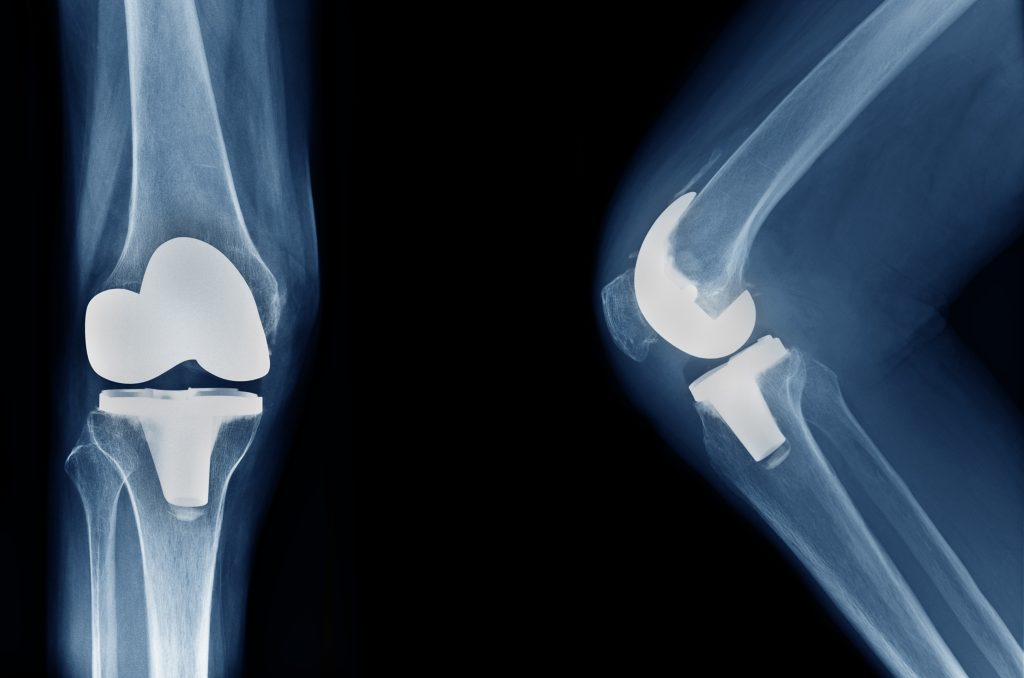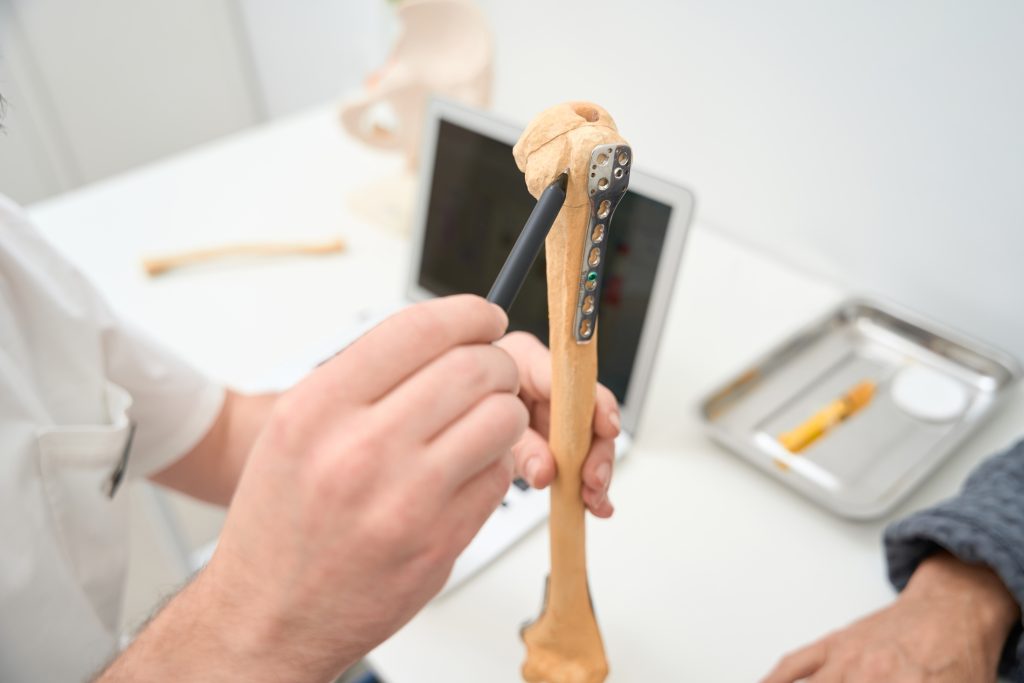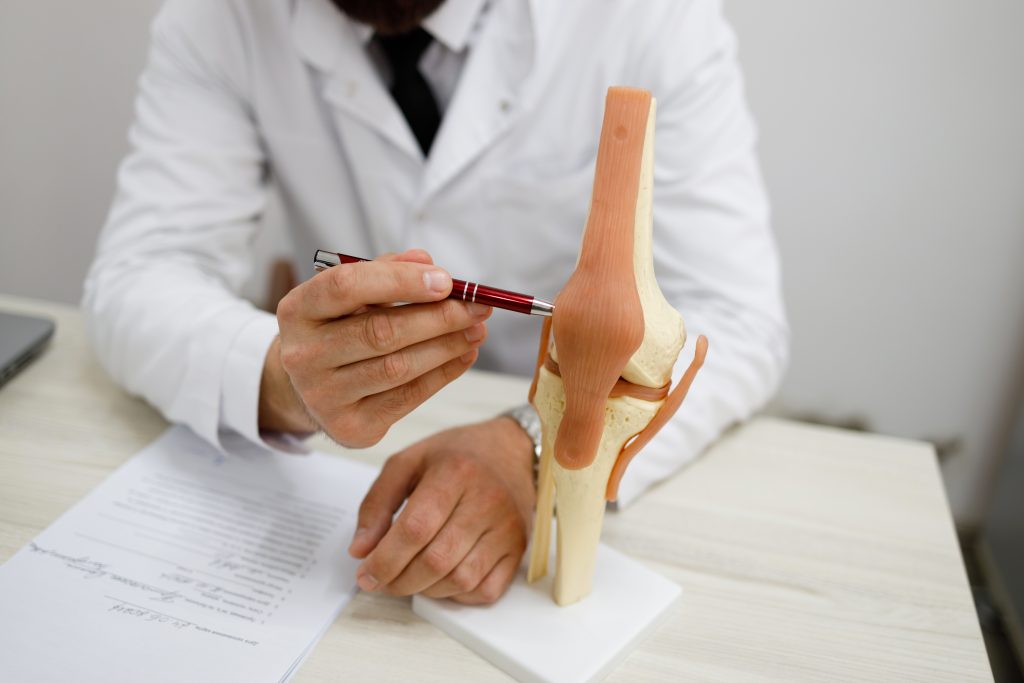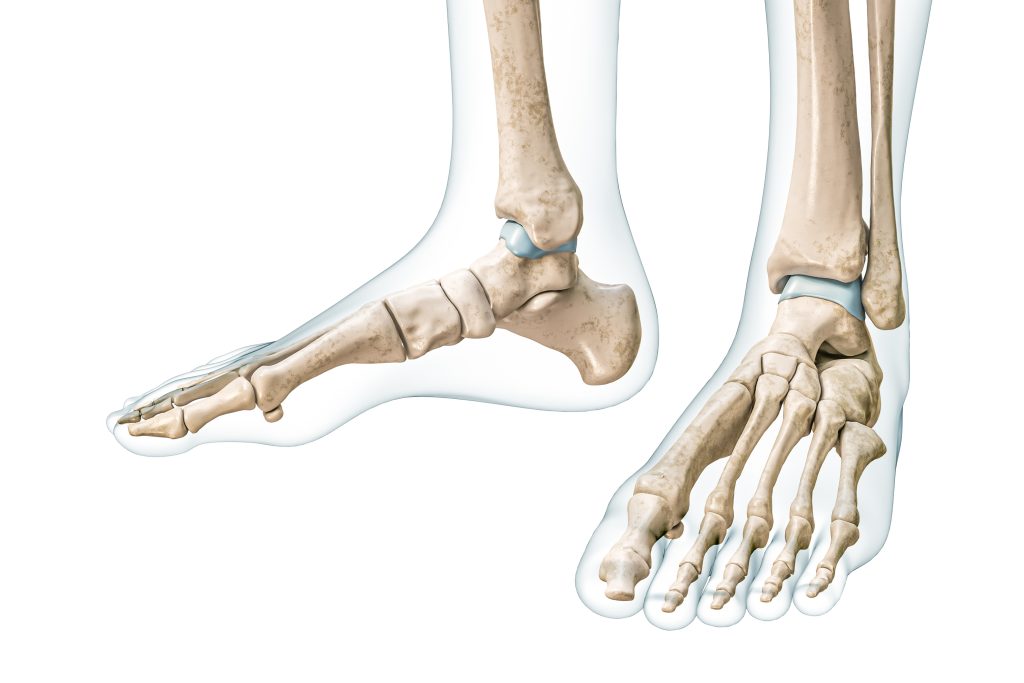Bone marrow edema: causes, symptoms and treatment options
Bone marrow edema: causes, symptoms and treatment options
Treatment by your orthopaedist from Vienna
Have you ever heard of bone marrow edema? If not, you are not alone. Many people are unaware of this condition and its potential impact on their bone health. However, bone marrow edema can cause considerable pain and restricted mobility and severely impair the quality of life of those affected.
We would like to take this opportunity to explain to you what bone marrow edema is, how it develops and what symptoms may indicate it. We will also discuss the diagnostic procedures used to detect bone marrow edema, as well as the various treatment options and prevention strategies.
OVERVIEW

What is bone marrow edema?
Bone marrow edema (also known as bone marrow edema syndrome or bone bruise ) is a condition in which fluid accumulates in the bone marrow, the spongy (not consistency but structure) tissue inside the bones. This edema can have various causes. It is typically a reaction to injury, overuse, inflammatory disease or degenerative processes. It can lead to considerable pain and restricted movement, which makes early diagnosis and treatment particularly important.

Where can bone marrow edema occur?
Bone marrow edema can occur in various bones and joints of the body. The weight-bearing joints are frequently affected, but other areas can also be affected. Here are some of the most common locations for bone marrow edema:

- Hip joint (the femoral head in particular is frequently affected)
- Knee joint (often in the area of the femur, tibia or kneecap)
- Foot and ankle (can occur in the tarsal and metatarsal bones)
- Spine (in the area of the vertebral bodies)
- Shoulder (often in the area of the humeral head)
- Hand and wrist (for example in the scaphoid after injuries)
In principle, bone marrow edema can occur in any bone, as bone marrow is present in all bones. Symptoms and treatment vary depending on the area affected and the underlying cause.
Causes of bone marrow edema
Bone marrow edema can be caused by a variety of factors. Here are the most common causes:
In the early stages of osteonecrosis, bone marrow edema is an expression of the existing circulatory disorder.
Stress fractures and accidents as triggers
- Acute injuries: Fractures, contusions or sprains can lead to bone marrow edema. These injuries cause bleeding and fluid accumulation in the bone marrow.
- Microtrauma: Repeated microtrauma caused by intense physical activity or sports such as running, soccer or basketball can also cause bone marrow edema.
Overload
- Frequent and intensive physical exertion, especially in athletes, can lead to an overload syndrome that manifests itself in the form of bone marrow edema.

Diseases such as osteoporosis, osteoarthritis and cancer as risk factors
Other causes for the development of bone marrow edema can be the reaction of the bone to other diseases, such as
- Rheumatoid arthritis: This chronic inflammatory disease can cause bone marrow edema as part of the inflammatory process.
- Other inflammatory conditions: Conditions such as ankylosing spondylitis or psoriatic arthritis can also cause bone marrow edema.
- Osteoporosis, cancer or other bone infections can also promote bone marrow edema or lead to fluid accumulation in the bone.

Metabolic diseases
Diseases such as diabetes mellitus or gout can contribute to the development of bone marrow edema and promote its occurrence.
Symptoms of bone marrow edema
Bone marrow edema can cause a variety of symptoms that vary depending on the severity and the region affected.
Pain
The most common and often the first indication of bone marrow edema is pain, which is typically deep and dull. This pain usually occurs in the affected area and intensifies with exertion. In advanced cases, the pain can also occur at rest, which can significantly impair quality of life.

Swelling and tenderness
Swelling in the affected area may be visible or may be felt as tenderness. This is a typical sign of the accumulation of fluid in the bone marrow and can be detected during the clinical examination. The affected area can also be painful to the touch.
Restriction of movement
Another symptom is the limited mobility of the affected joint. This can make everyday movements such as walking, bending or lifting painful and difficult. Patients often tend to adopt relieving postures or change their gait pattern in order to relieve the affected area.
Feeling of warmth
In some cases, the affected area may feel warm to the touch, which may indicate an inflammatory reaction. However, this is not always the case and depends on the underlying cause of the edema.
These symptoms clearly show how versatile and impairing bone marrow edema can be. Early diagnosis and targeted treatment are crucial to alleviate the symptoms and restore mobility.
Diagnosis of bone marrow edema
The diagnosis of bone marrow edema begins with a thorough clinical examination and a medical history taken by the doctor, focusing on specific symptoms such as pain and swelling. Magnetic resonance imaging (MRI) is often used to confirm the diagnosis and determine the extent of the edema, as it can precisely visualize the accumulation of fluid in the bone marrow. X-rays are usually less helpful as they cannot directly visualize the bone marrow edema. In some cases, additional imaging procedures such as computer tomography (CT) or ultrasound can be used to rule out other possible causes of the symptoms.

Blood tests can also be carried out to identify inflammatory or systemic causes. The combination of these diagnostic measures enables the exact cause and extent of the bone marrow edema to be determined, which is crucial for choosing the appropriate therapy.
Treatment of bone marrow edema
The treatment of bone marrow edema depends on the underlying cause and the severity of the symptoms.
Conservative therapy
A common approach is conservative therapy, which aims to protect and relieve the affected area. Patients are often advised to rest the affected limb and avoid activities that could exacerbate the pain. Anti-inflammatory medication can help to alleviate the symptoms and reduce the inflammation. Physiotherapy also plays an important role by offering specific exercises that improve mobility and strengthen the muscles to relieve the affected joint.

Interventional measures
Interventional measures may be necessary in severe cases, especially if conservative treatments do not provide sufficient relief. This may include the use of infusion therapies or intraosseous injections to reduce swelling and promote healing. In rare cases, surgical intervention may be considered, for example decompression, to reduce the pressure in the bone marrow.
Holistic treatment approach - lifestyle changes
A holistic approach to treatment often includes lifestyle adjustments, including dietary advice and avoiding risk factors that could exacerbate the condition. Regular aftercare and check-ups by an appropriate doctor are essential in order to monitor the healing process and adjust the therapy if necessary. With a combined therapy that integrates conservative, medicinal and, if necessary, interventional approaches, most patients can achieve a significant improvement in their symptoms and a restoration of function.
Surgical treatment of bone marrow edema
In some cases, where conservative and drug therapies do not provide sufficient relief, surgical treatment of bone marrow edema may be necessary.
Decompression surgery
One of the most common surgical methods is decompression surgery. A small drill channel is inserted into the affected bone to reduce the pressure in the bone marrow and improve blood flow. This technique, also known as core drilling or core decompression, aims to promote the healing process by reducing internal pressure and allowing new bone growth.

Autologous bone grafting
Another surgical option is autologous bone grafting, in which healthy bone tissue is taken from another part of the body and transplanted into the affected area. This can help to stabilize the bone and support healing.
IntraOsseous BioPlasty - surgery with bone substitutes
IntraOsseous BioPlasty (IOBP for short), a surgical method that benefits from bone substitutes such as PliaFXPak, offers a very effective solution for the treatment of bone marrow edema in addition to the other treatment options mentioned. This form of treatment is characterized by its biocompatible bone fibres, which help to stabilize and regenerate the damaged bone. These materials promote natural healing, reduce inflammation and can help to relieve the pain associated with bone marrow edema. They offer an effective solution for restoring the structural integrity of the bone and thus enable patients to enjoy an improved quality of life.
Artificial joint - endoprosthetics
In more severe cases, especially if the bone marrow edema is accompanied by underlying bone necrosis (e.g. necrosis of the femoral head), endoprosthetic treatment may be necessary. This means that the affected joint is replaced with a prosthesis to restore function and permanently relieve pain.

The decision for surgical treatment depends on several factors, including the severity of the edema, the underlying cause, the general health of the patient and the response to other forms of therapy. Before an operation, the doctor will have exhausted all conservative and medical options and fully informed the patient about the potential risks and benefits of the procedure.
With careful planning and aftercare, surgical treatment can significantly improve the patient’s quality of life and provide lasting relief from symptoms.
Conclusion
The treatment and prevention of bone marrow edema requires a comprehensive understanding of the underlying causes and a carefully coordinated therapy. A combination of conservative, interventional and, in severe cases, surgical measures can effectively alleviate the symptoms and significantly improve the quality of life of those affected. It is important to react early to pain and restricted movement and to consult a specialist in order to obtain an accurate diagnosis. With the right treatment and targeted aftercare, there is a good chance that patients will regain their mobility and remain symptom-free in the long term.
Do you suspect that you are suffering from bone marrow edema? Make an appointment for clarification! I will be happy to answer any further questions you may have!

